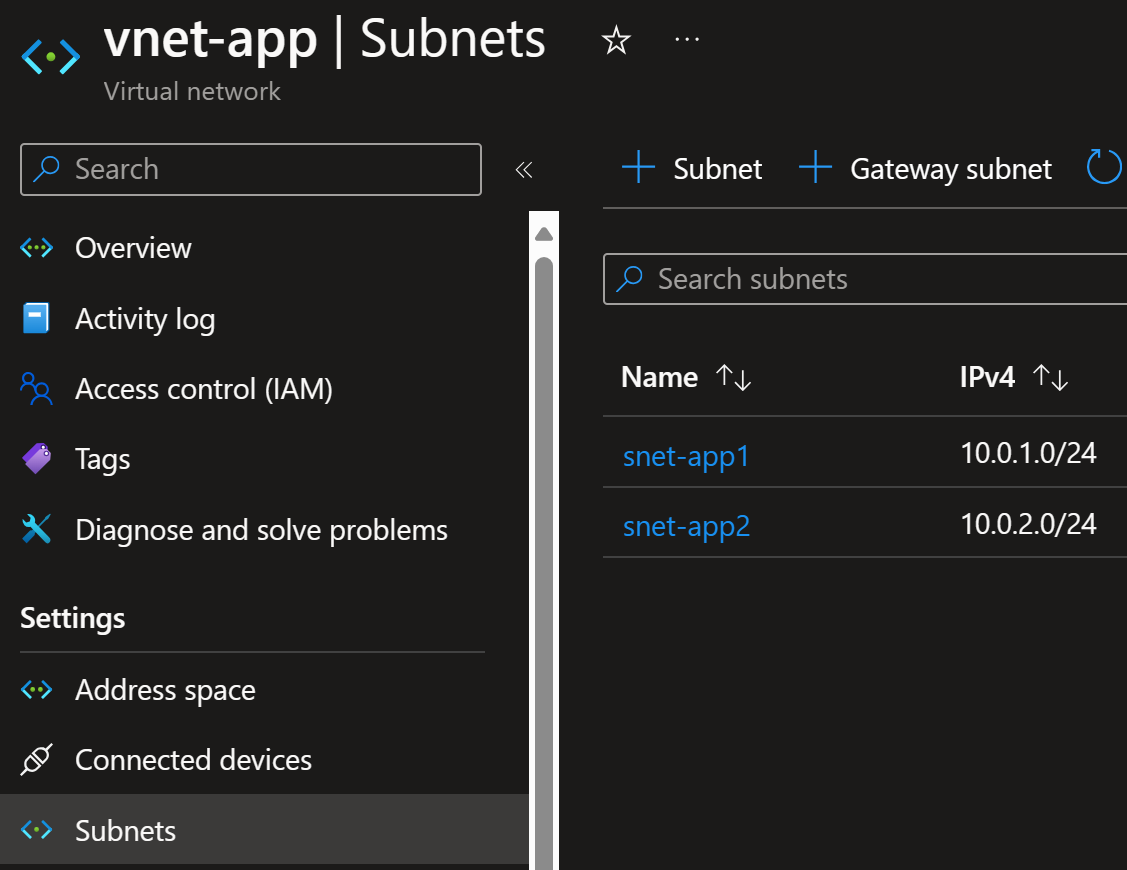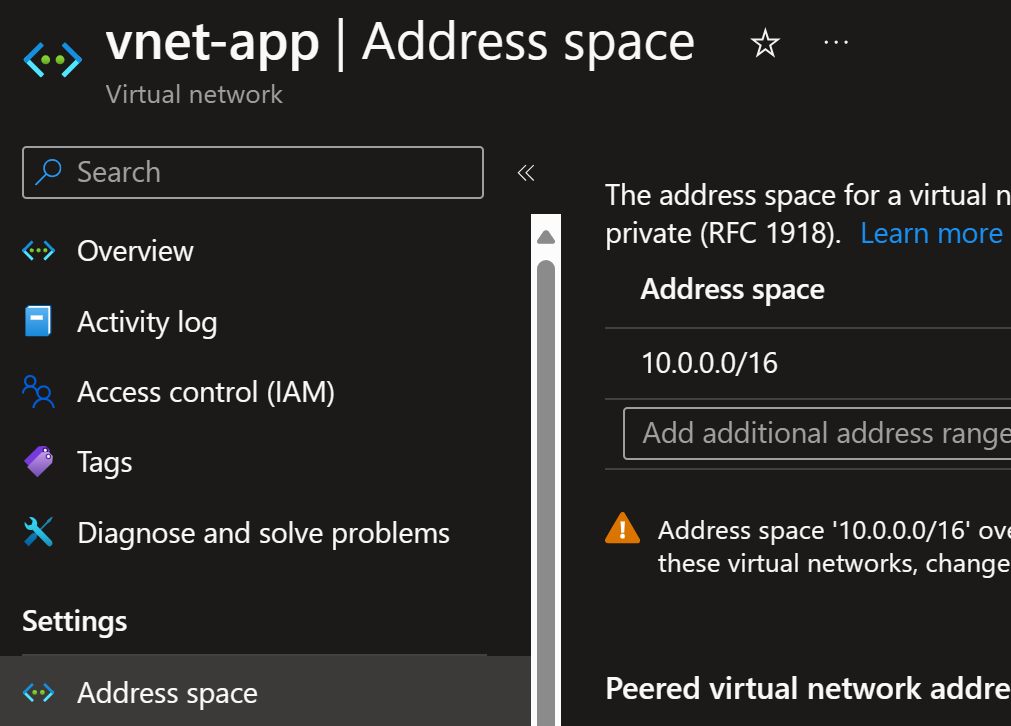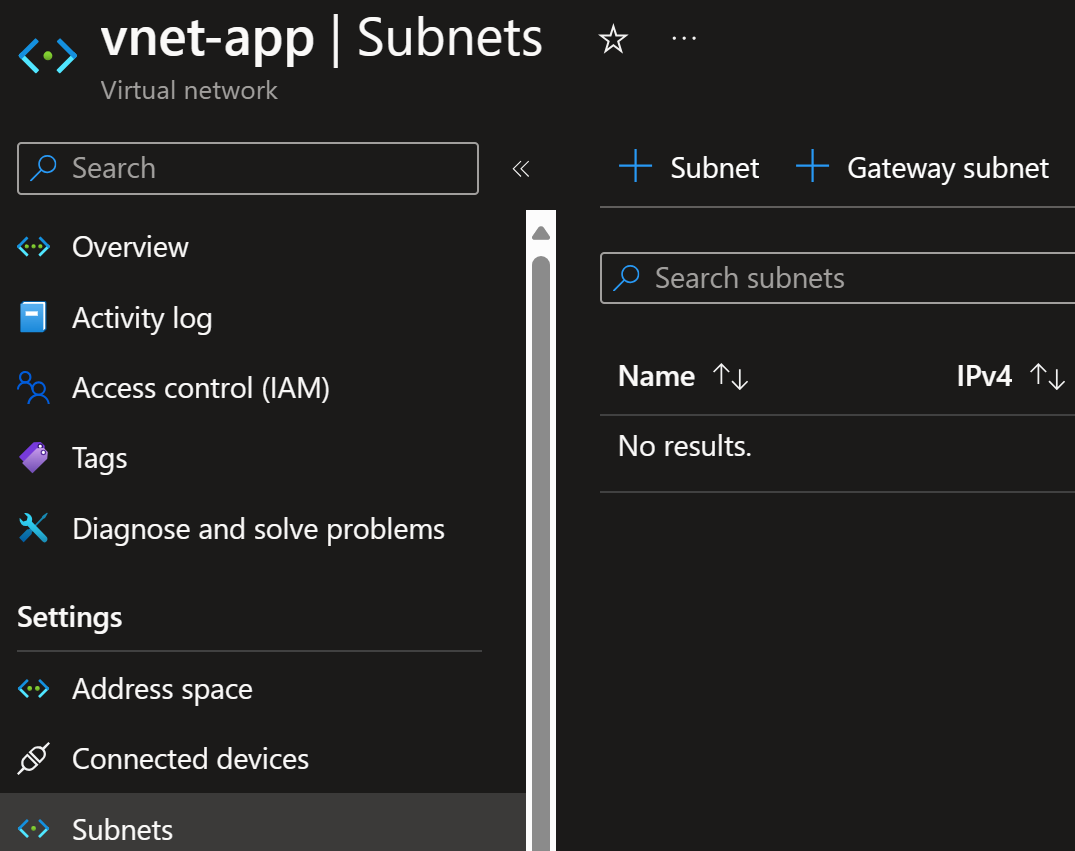Virtual Network deployments with or without subnets
Posted on: April 22, 2024Azure Virtual Network is getting update that allows you to update the VNET without having to add your subnets to your configuration. This has sometimes caused challenges with infrastructure teams and application teams since they’re both managing different parts of the infrastructure. There have been ways to live with this, but this allows us to use another approach in the future.
Before the change
Let’s first deploy VNET with Azure PowerShell:
$location = "swedencentral"
$resourceGroupName = "rg-vnet"
$vnetName = "vnet-app"
$subnets = @(
@{
name = "snet-app1"
addressPrefix = "10.0.1.0/24"
},
@{
name = "snet-app2"
addressPrefix = "10.0.2.0/24"
}
)
New-AzResourceGroup -Name $resourceGroupName -Location $location -Force
New-AzVirtualNetwork `
-Name $vnetName `
-ResourceGroupName $resourceGroupName `
-Location $location `
-AddressPrefix "10.0.0.0/8" `
-Subnet $subnets `
-Force
Similarly, you can use Bicep (or ARM template):
param location string = resourceGroup().location
resource virtualNetwork 'Microsoft.Network/virtualNetworks@2023-09-01' = {
name: 'vnet-app'
location: location
properties: {
addressSpace: {
addressPrefixes: [
'10.0.0.0/8'
]
}
subnets: [
{
name: 'snet-app1'
properties: {
addressPrefix: '10.0.1.0/24'
}
}
{
name: 'snet-app2'
properties: {
addressPrefix: '10.0.2.0/24'
}
}
]
}
}
Here is the result:
If I now re-run the deployment but change e.g., address space but without the subnets:
New-AzVirtualNetwork `
-Name $vnetName `
-ResourceGroupName $resourceGroupName `
-Location $location `
-AddressPrefix "10.0.0.0/16" `
-Force
Bicep version without subnets:
param location string = resourceGroup().location
resource virtualNetwork 'Microsoft.Network/virtualNetworks@2023-09-01' = {
name: 'vnet-app'
location: location
properties: {
addressSpace: {
addressPrefixes: [
'10.0.0.0/16'
]
}
}
}
Now the result is that the subnets are removed from the VNET:
Here is the GitHub issue with a lot of history and discussion around this feature:
Since this is long outstanding feature request, BicepLang tweeted about the change announcement (with typo about the years which is fixed in the follow-up response):
Here is the post from the Azure Networking team about this:
Azure Virtual Network now supports updates without subnet property
After the change
Now let’s deploy the same VNET but let’s use the latest API version available for the virtualNetworks resource type:
# Get the API versions for the virtualNetworks resource type
((Get-AzResourceProvider -ProviderNamespace "Microsoft.Network").ResourceTypes | `
Where-Object ResourceTypeName -eq "virtualNetworks").ApiVersions | `
Format-Table
Output shows that there is a API version 2023-11-01 available:
2023-11-01
2023-09-01
2023-09-01
2023-05-01
...
Here is our initial deployment with subnets:
$location = "swedencentral"
$resourceGroupName = "rg-vnet"
$vnetName = "vnet-app"
$subnets = @(
@{
name = "snet-app1"
addressPrefix = "10.0.1.0/24"
},
@{
name = "snet-app2"
addressPrefix = "10.0.2.0/24"
}
)
New-AzResourceGroup -Name $resourceGroupName -Location $location -Force
New-AzVirtualNetwork `
-Name $vnetName `
-ResourceGroupName $resourceGroupName `
-Location $location `
-AddressPrefix "10.0.0.0/16" `
-Subnet $subnets `
-Force
Let’s use REST API to update the VNET without subnets,
so we can freely use any API version we want e.g., 2023-11-01:
# Payload to update the address space
$payload = @{
location = $location
properties = @{
addressSpace = @{
addressPrefixes = @(
"10.0.0.0/8"
)
}
}
} | ConvertTo-Json -Depth 10
$parameters = @{
Method = "PUT"
ApiVersion = "2023-11-01"
Name = $vnetName
ResourceGroupName = $resourceGroupName
ResourceProviderName = "Microsoft.Network"
ResourceType = "virtualNetworks"
Payload = $payload
}
Invoke-AzRestMethod @parameters
Or same with Bicep:
param location string = resourceGroup().location
resource virtualNetwork 'Microsoft.Network/virtualNetworks@2023-11-01' = {
name: 'vnet-app'
location: location
properties: {
addressSpace: {
addressPrefixes: [
'10.0.0.0/8'
]
}
}
}
Result is that you still have subnets in the VNET:
Conclusion
This is a good enhancement to the Azure Virtual Network deployments. Let’s see how this will be used in the future.
I have many times recommended to use the latest available versions of the
API versions
in Bicep and ARM templates when you’re doing active development.
In the future, I’ll have to remember to mention more about these behavioral and default configuration related
changes before you start to use the latest API versions for your existing templates.
This is a good example of such behavioral change from 2023-09-01 to 2023-11-01
in Microsoft.Network/virtualNetworks.
I hope you find this useful!




 Azure/azure-quickstart-templates/issues/2786
Azure/azure-quickstart-templates/issues/2786